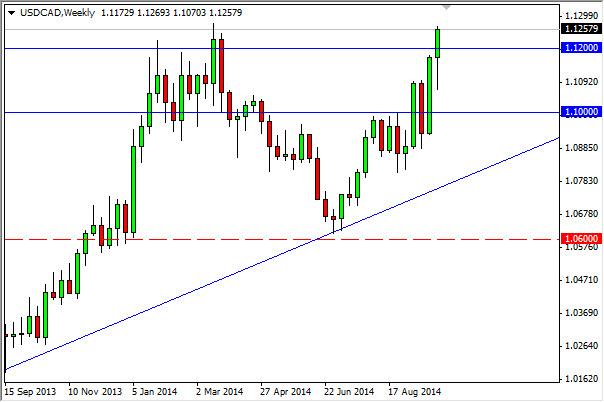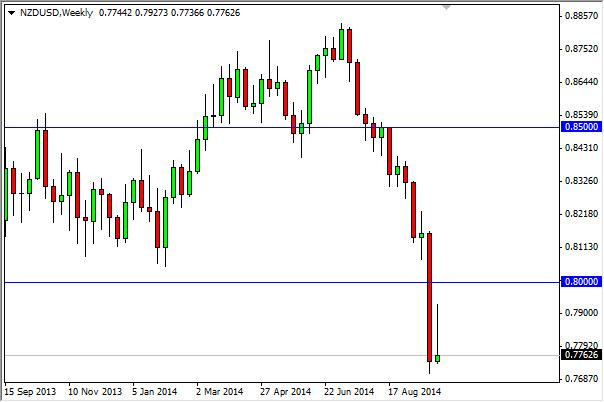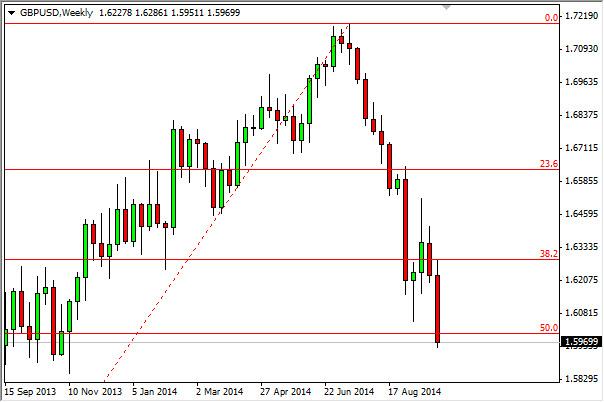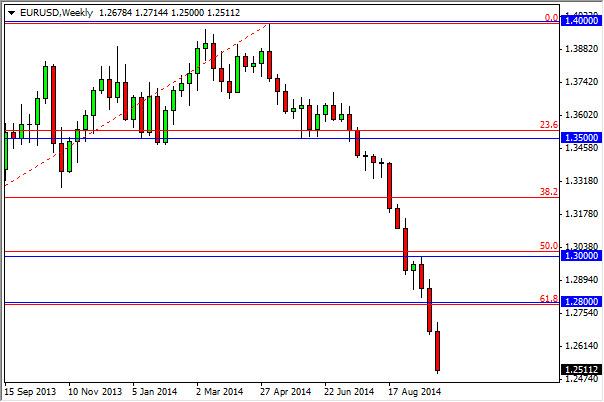USD/CAD forecast for the week of October 6, 2014, Technical Analysis
The USD/CAD pair initially fell during the course of the week, but as you can see found enough support near the 1.11 level in order to bounce and form a hammer. The fact that we closed at roughly the 1.1250 level tells us that the market is ready to break out to the upside. If we can break the top of the candle for the week, we should continue to the 1.15 handle. Any pullback from here should continue to attract buyers, and as a result we have no interest in selling this pair.


 LinkBack URL
LinkBack URL About LinkBacks
About LinkBacks







 Reply With Quote
Reply With Quote




Bookmarks